I may get commissions for purchases made through links in this post.
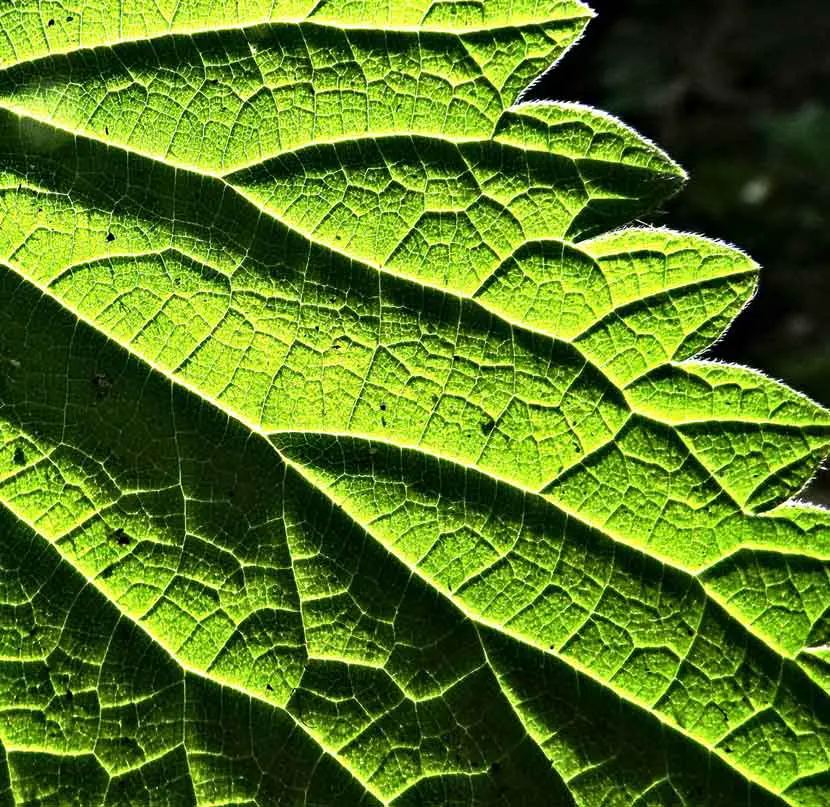
Really? Growing stinging nettle? The ubiquitous weed that stings and overgrows my precious bedding plants?
Yup, that’s the plant I’m talking about.
I would almost say that nettle is a super plant. You know, if those would exist. Despite the glorifying tales, super foods (and thus plants) are a myth. The premise that because brocoli, matcha or chia and hemp seeds are high in a certain beneficial nutrient we need to eat a lot of them is plain bunkum.
None of these assumed nature’s panaceas have been proven to prolong your life, ward off serious disease or give you unrivalled energy bursts.
So why grow stinging nettle? You may ask.
Because it is a pretty damn useful plant (we could argue about the pretty part).
There are no weeds you dummy!
When it comes to gardening people often think binary, in black and white, good and bad, useful plants and weeds. Jules Verne and Winter King Hawthorne yes. Dandelion and Prickly Lettuce no. Lettuce and carrots yes. Clover and Roze Hip no.
By thinking like this you may be overlooking a few really beneficial plants. Plants which are often perceived as weeds. Which they technically are but weeds with potent medicinal properties and benefits for the flora and fauna in your garden as a whole.
It’s like the old adage goes, A weed is simply a plant that is not meant to grow in a certain landscaping.
The thing is, it’s wise to have an open-minded look on what “not meant” means to you.
‘There are no weeds, and no worthless men. There are only bad farmers. –Victor Hugo
Back to stinging nettle. Have to admit I’m biased here. I have high esteem for Urtica dioica. I think it’s a plant that belongs right in the top of the botanical hall of fame.
Here’s why.
1. Stinging nettle is on the List of Beneficial Weeds
Gardening is so satisfying because it can confer independence. Whether you are a sweet home florist, a DIY greengrocer, or a homegrown pharmacist, your green fingers allow you to harvest all kinds of joys, euphoria, and ecstacy even.
Weeds are an essential part in this delight (no I’m not talking about mind-altering, psychoactive weeds only).
Beneficial weeds, commonly perceived as feral, undomesticated plants, play an important role by adding prosperity to your yard.
They are actually pretty badass since these weeds can be ideal companion plants, attract beneficial insects, fertilize and moisturize soil, act as living mulch and shelter, repel pests, and serve as food, medicine, and herbal ingredients for us humans.
According to the List of Beneficiary Weeds Wikipedia nettle is,
One of the most-used plants in herbal medicine, with a long list of benefits.
Stinging nettle is a great asset in biodynamic farming since it helps clean up (phytoremediation) of certain heavy metals in contaminated soils.
Tl;dr: Nettle is really good for your garden, its soil, wildlife and the other plants you grow in it.
Another benefit, you can make a healthy herbal tea from it.
2. Stinging nettle tea is the apogee of herbal teas
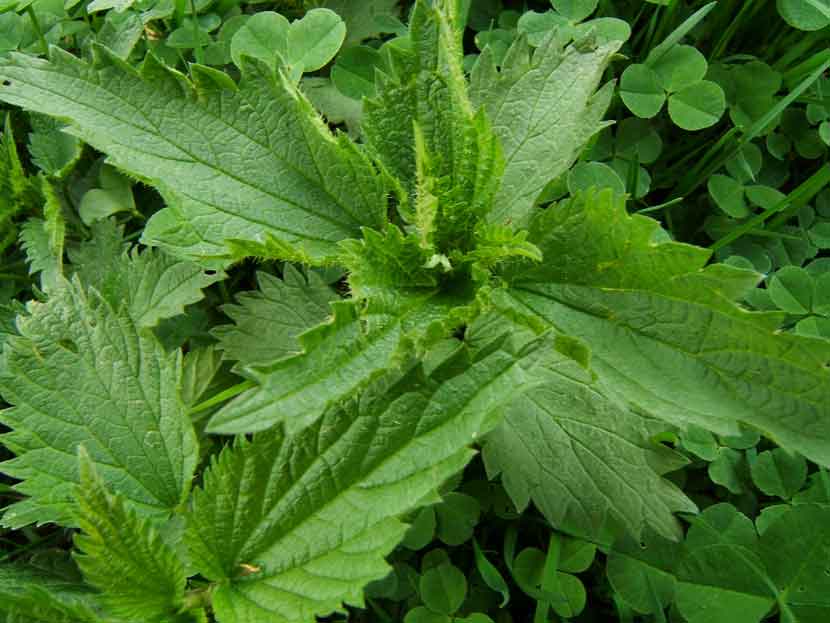
Some nutrition experts say that drinking a cup of organic herbal tea is more beneficial to your health than taking a vitamin pill. Whether this is true, scientifically speaking, remains to be seen but I think it makes sense.
Picking a bunch of fresh herbs and eating them raw, adding them to your dinner or drinking a tea from them is something I regulary do.
Herbalists like to add that herbal tea offers additional benefits in the form of hydration (duh), the social element (drinking tea together is supposedly healthy although I think it entirely depends on who you’re with), and aromatherapy at the same time.
For the latter reason herbalists recommend to steep tea in a covered vessel. This way the beneficial oils are retained.
“Otherwise, your room smells nice but you aren’t retaining the medicinal properties.” herbalist Marcia Dixon
Not sure if that’s true either since hot water extracts nutrients from plants. Which is why, if you overcook vegetables you better throw them out to the rabbits and drink the cooking water instead. But lets give the herbalists the benefit of the doubt and to be sure make tea in a covered vessel.
Since we’re setting things straight here, herbal tea technically isn’t tea. It’s really just an infusion of leaves, stems, seeds, bark or roots, extracted in hot water. Enough nitpicking. A home grown, self picked, well-steeped herbal tea is a great way to enjoy the mental and physical effects of the plant.
And stinging nettle tea is about as healthy as it can get. More in a bit.
3. It may help cure your hay fever
I can’t be sure since I didn’t conduct a double blind controlled trial on myself but it seems nettle tea cured my hay fever. Since this spring I have been harvesting the young leaves of nettle plants. Since then I have been drinking a few cups of nettle tea daily. I haven’t had one flare up of hay fever yet since a few days past I started drinking the tea.
It is commonly claimed that stinging nettle’s antihistamine and anti-inflammatory properties make it one of the most effective natural hay fever remedies. Steeping tea of freeze dried nettles is said to work best. I used fresh dried leaves. People also take two 300 mg capsules of freeze dried nettle three times a day starting a couple of weeks before hay fever season begins.
In one study, 57% of the participants claimed nettle to be moderately to highly effective in relieving hay fever symptoms (Hurley: 1995).
Besidews relieving allergy symptoms there’s also limited evidence for nettle leaf offering relief for painful joints when topically applied. Which leads us to the next reason to grow stinging nettle.
4. The stinging herb may relieve joint and muscle pain
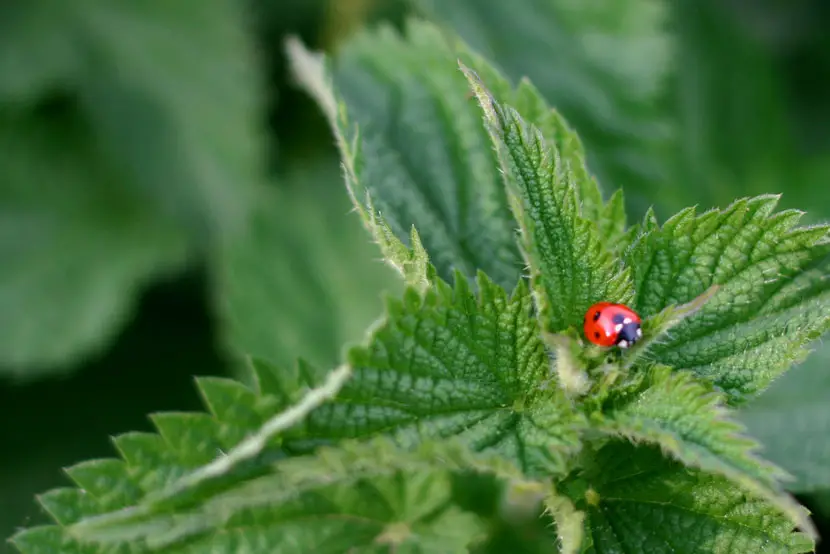
Everybody knows the plant stings. What is less commonly known is that it’s mainly the leaves that cause the itch, redness, bumps, and numbness. I always pick them barehanded. Just make sure not to touch the underside of the leaves and grab them by the stem and you’re fine (most of the time).
The reason they cause skin irritation are the hairs that contain various chemicals, including acetylcholine and formic acid, histamine, serotonin. Formic acid is also released when you are stung by a bee or bitten by a fire ant.
What was the saying again? The antidote is often packed with the poison? Ah, who cares, what’s important is that the same stinging sensation can actually offer pain relief.
- Stinging nettle shows promising results in an exploratory joint pain treatment study. The researchers found stinging nettle is a useful, safe and cheap therapy.
- Another study reported nettle sting treatment reduced arthritis disability and pain. Some other studies showed that when test persons took stinging nettle extract supplements they could lower their NSAID dose.
How a farmer accidentally learned about nettle’s painkilling abilities and started a company.
About 10 years ago, an Ohio based farmer accidentally stumbled upon the painkilling properties of stinging nettle. One day his tractor didn’t start while he was on his land removing stinging nettles. Hobbling home with a clubby tree branch as a crutch (some days the pain even forced him in a wheelchair) through the nettles on his land.
All the way the quarter mile home the nettles were stinging Don Scott until he, soaked in sweat, arrived home and suddenly realized his knee no longer hurt. Thus was the genesis of his company developing Netical Patch, a topical treatment to relieve pain and swelling from arthritis, sprains, injuries such as torn rotator cuffs, heel spurs, aching lower backs and many other uses.
Researchers think nettle sting reduces inflammatory chemicals in the body as well as impedes the way pain signals are transmitted.
5. It’s one of the Nine Sacred Herbs of the Anglo Saxons
So what? What do I buy for this mildy interesting fact? You might say.
Well those forefathers of ours did know a thing or two about herbs and remedies.
It’s not only the Anglosaxons who praised nettle in the Lacnunga. In this 11th century medical manuscript nettle is mentioned as part of a preparation of nine herbs, intended for the treatment of infection and poisoning.
- The father of medicine, Hippocrates, already knew that bites and stings can be soothed with nettle juice.
- Native Americans used nettle tea as an aid in pregnancy, childbirth and nursing.
- European herbalists recommend nettle tea for respiratory and urinary problems and lung disorders.
This is not all. Stinging nettle is legendary for being a go-to herb for many ailments.
6. Nettle is known as a medicinal powerhouse
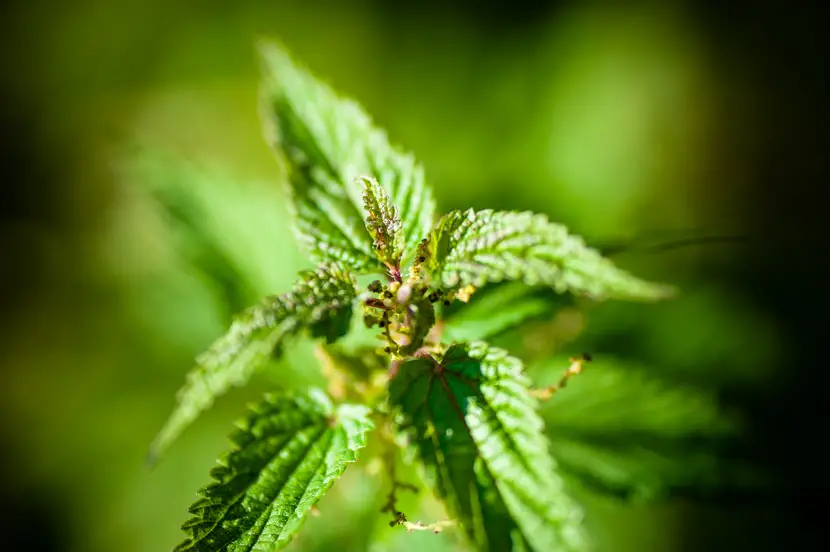
I didn’t check up on all of the following claims so don’t pin me on them but the herbaceous plant has been used for centuries to treat eczema, anemia, tendonitis, gout, sprains and stains. It is an Ayurvedic fever medicine, it supposedly breaks up mucus, prevents pneumonia, bronchitis or other conditions that often occur with influenza.
- Substantial evidence for nettle root as a remedy for prostate problems does exist. Studies show nettle root helps reduce BPH (benign prostatic hyperplasia) symptoms just as well as finasteride. Common symptoms such as incomplete emptying of the bladder, reduced urinary flow, post urination dripping, and the constant urge to pee are caused by the enlarged prostate gland pressing on the urethra.
The root of the plant affects hormones and proteins that carry sex hormones (such as testosterone or estrogen)which is why it is thought to support healthy testosterone levels.
One study suggests that nettle extract may help improve type 2 diabetes. This study however, was done on rats.
Whether the proclaimed health boosting effects are proven or not, nettle is very rich in vitamin C and zinc and doesn’t taste really bad either.
7. Stinging nettle makes a pretty awesome food
If you eat them raw it’s one of the few actual foods with a bite. You can wear gloves during picking the young leaves and stems and they lose their sting when they are cooked. Nettle tastes somewhere in between spinach and cucumber with an earthy touch to it.
- In its peak season, nettle contains up to 25% protein making it a great food for vegetarians and vegans.
- Leaves are cooked like spinach and provide vitamin C, calcium, iron, magnesium and protein.
Nettle can be used to make soups purees, in salads, ans works very well with garlic. What do you think about garlicky nettle pesto, nettle tortellini, or spicy nettle soup?
Side effects?
Nettle is pretty much side-effect free.
In one study of 4,087 people who took 600 to 1,200 mg of nettle root daily for 6 months, less than 1% reported mild gastrointestinal distress and only 0.19% experienced allergic reactions (skin rash).
Of course, as always, everybody is different and although pretty much no unwanted side effects have been noted in Germany where nettle root is widely used you should always pay attention to possible reactions. Especially when you take medications because of possible interactions. Nettle has a blood thinning capability and may interfere with blood thinning drugs including Warfarin (Coumadin), Clopidogrel (Plavix) and Aspirin according to The University of Maryland Medical Center.
Wrapping it up
Urtica dioica is a plant that has been used in cultures all around the world for its medicinal properties, as a tasty and nutritional food resource, for fiber and clothes, as a natural dye, and for paper and rope.
Just like chia seeds and other ‘super foods’, nettle is not going to save your life on its own. Shortcuts to the fountain of youth do not exist. A well-balanced lifestyle and diet are what counts and stinging nettle fits in there perfectly.
- This highly useful plant requires no maintenance making them ideal for a secret survival garden too (a wide barrier of meters high nettle will help keep intruders at bay).
- You may have to weed out some in your suburban backyard though, because when circumstances are right, they spread like wildfire and they don’t do well in pots.
I you don’t have the ability to grow some yourself. They are not hard to find. Nettle grows in moist, waste soil and shady locations.
Or you could get stinging nettle as (freeze) dried leaf, capsules, extract, tablets, and root tincture (a solution in alcohol), juice or tea. Stinging nettle even comes in the form of a skin cream.
Close-up photo stinging nettle by Mike Pendry. Photo 2, siriwan, 3, flatworldsedge, 4 paszcak000.

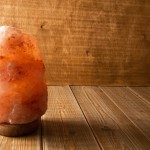










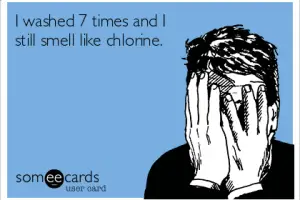
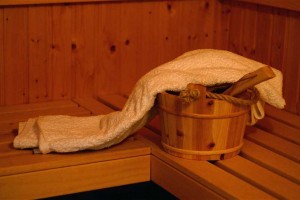
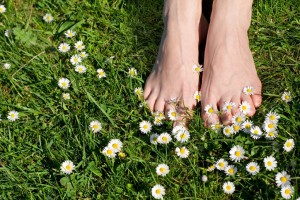








The nettle is an owesome homade remedy for relaxation as it boosts the memory….especially in the morning before taking the breakfast.
Its easy to make the soup which is really rich in vitamin & zinc
Can chia and nettle be mixed together?
I am surprised at the instruction to boil the nettles for 15 minutes. I have been using them as any other tea leaf and letting the hot water flow over them and steep for a few minutes. I wonder if the benefits of drinking nettles tea require 15 minutes of boiling? Does anyone know?
I don’t believe it is necessary to boil dried nettles. Steeping should be fine for a simple tea. I find the best way to use them is to make an overnight herbal infusion. An infusion will extract the most nutrients. I pour hot water over a generous amount of dried nettle in a mason jar and let steep for 8 hours. I strain it, drink half, and save half for the next day in the fridge. Often I add it as a liquid base to my smoothie. I drink this infusion for a couple of months leading up to allergy season. It has worked wonders for me.